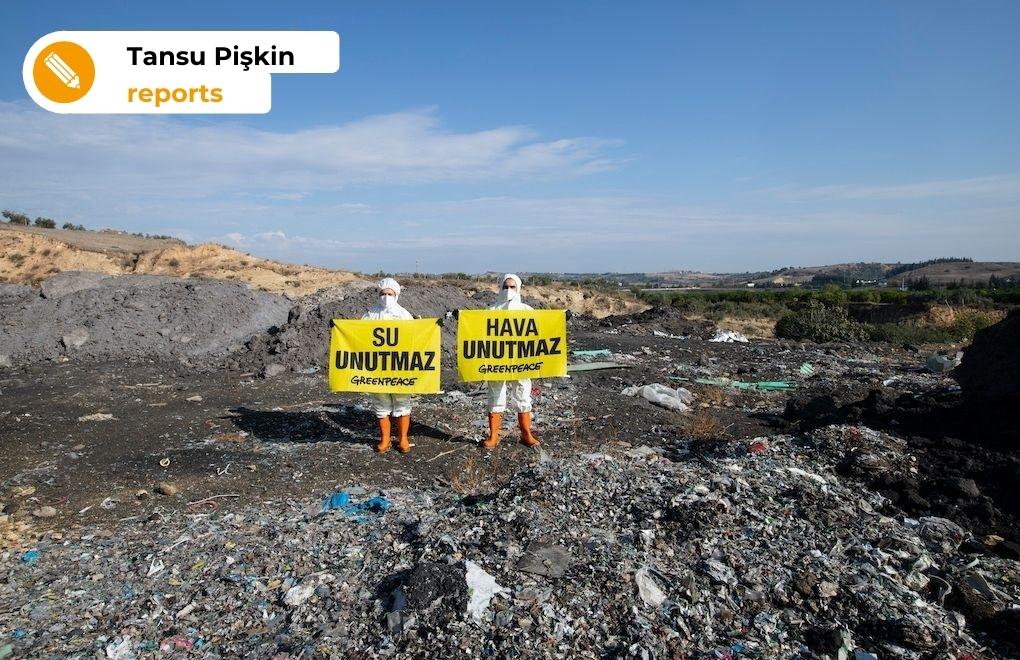Photos: AA
Click to read the article in Turkish
In the Black Sea provinces of Rize and Artvin in northeast Turkey, six people died in floods and landslides in two days.
These two provinces have other common points along with the land structure, climate and nature: the hydroelectric power plants and dams built in streams for electricity production, streams squeezed between concrete blocks for "improvement," a sea filled for a road and a highway that will pass through 1,800 meters above.
In these provinces where the Black Sea climate, which is rainy in all seasons, is seen, we are increasingly hearing about floods and deaths related to them in recent years because of these human activities.
Commenting on the situation for bianet, attorneys Yakup Okumuşoğlu and Barış Demirci say that the impact of the climate crisis cannot be ignored in the events, but the result is unfair when it is thought that the cause of the climate crisis is also caused by human activities.
Stream improvement
"The floods and landslides in the Black Sea [region] are directly related to the hydroelectric power plants, building walls of excavations on stream beds, in other words, stream improvements, and all road works from the Black Sea Coastal Road to the Green Road," says attorney Yakup Okumuşoğlu from the Environment and Ecology Movement (ÇEHAV).
.jpg)
He notes that stream beds in the region are "very wild" and stream improvement works result in floods.
Improvement projects accelerate the flow of the water, which causes overflows in case of the slightest obstruction, he says. "Normally, in places such as the Black Sea region, the water creates curves in its own flow, it goes from one side to another, and hits the other shores and flows with decreasing speed. But when you improve the stream, you take the stream into a concrete groove and narrow the bed."
Also, a barrier built for the Black Sea Coastal Road blocks the overflowing water, which leads to floods, he explains.
Hydroelectric power plant projects
In Rize's districts of Çayeli and İkizdere, where the floods occurred, there are hydroelectric power plants under construction. Constructions not only affect the flow of streams but also creates piles of excavation soil.
"Unfortunately, excavation soil is not properly stored and poured down the slope," Okumuşoğlu says. Then the soil fills the stream bed during heavy rains and causes "ponding," he notes.
"When [the stream bed] is filled enough, the stream, with the rain, causes it to collapse," he says.
.jpg)
Black Sea Coastal Road and the Green Road
The are two highly debated road projects in the Black Sea region: One is the "Green Road," which aims to connect plateaus at an altitude of 1,800 meters and with a 70 percent slope, and the other is the Black Sea Coastal Road, which has been constructed by filling the sea.
One of the projects causes streams to be filled with excavation soil and the other one is blocking them. Culverts for the coastal road remain incapable during heavy rains and cause floods, Okumuşoğlu says. The excavation soil coming out of the construction of the Green Road is also poured down mountains, which, again, causes stream beds to be filled with soil, according to the attorney.
.jpg)
"The intervention in the stream beds and the basins that feed them should definitely be stopped. It is necessary not to spoil the natural structure. It is necessary to prevent development in the Black Sea region. The Black Sea does not have an area to handle such dense construction, especially in such a period of the climate crisis.
"In the past, the fog would come and stay on the mountain for one-and-a-half months. Now it doesn't come. A burning sun in the morning, then a heavy rain shower begins... This has become a cycle now.
.jpg)
Seventeen villages will submerge
The flood in the Artvin province occurred near a dam in Yusufeli district. Because of the dam being constructed by Limak Holding Inc., 70 percent of the cultivated area in the district has submerged in the water. When completed, the 270-meter long dam will cause the district center and 17 villages to submerge as well.
Attorney Barış Demirci says the flood was caused by negligence during the construction of a temporary road for the dam.
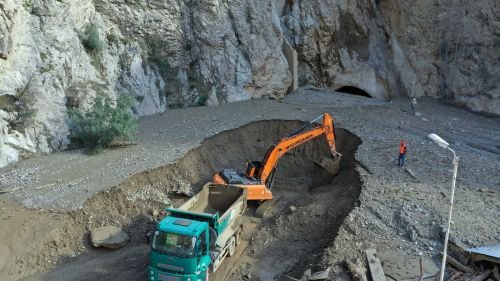 The entrance of the flooded tunnel.
The entrance of the flooded tunnel.
"That tunnel would be flooded after every moderate rain. [The road] would be opened to traffic after staying closed for two to three hours," he says. However, this time, the flood came with excavation soil, which caused the disaster.
"We have not confirmed this yet, but at the upper level of the construction site, Erzurum highway and tunnels are built because of the dam. There are allegations that the excavation soil from there is poured into a dry stream. Indeed, the material that comes with the flood was tunnel material. The company has serious negligence here." (TP/VK)





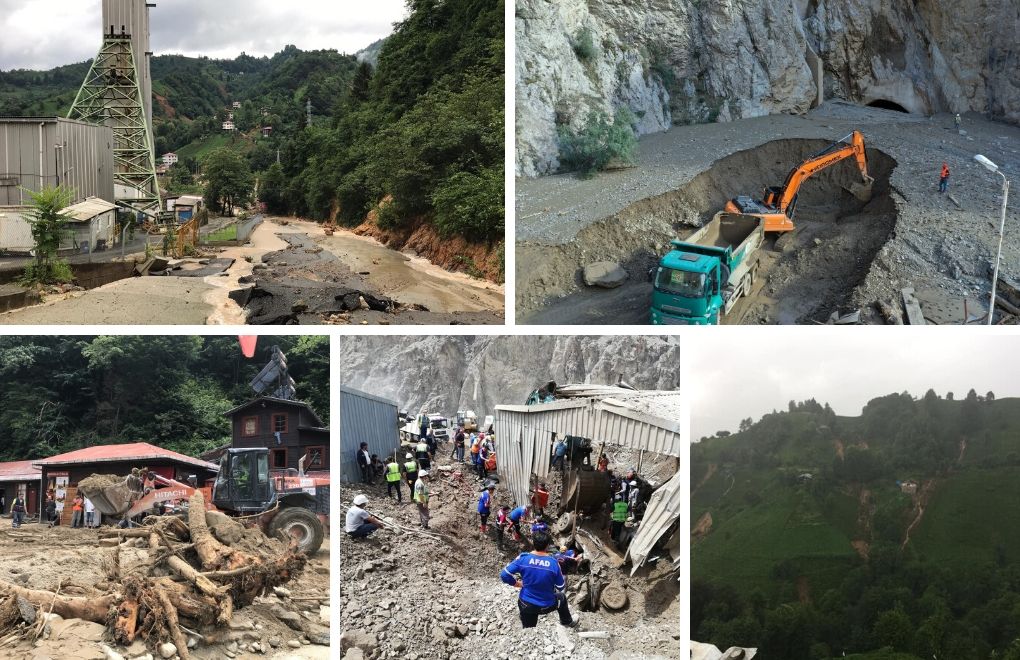
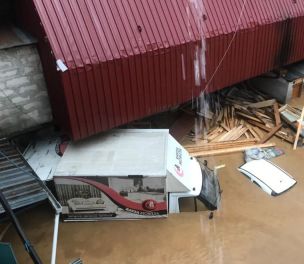
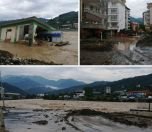
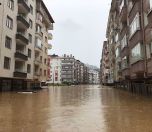
-132.jpg)
as.jpg)
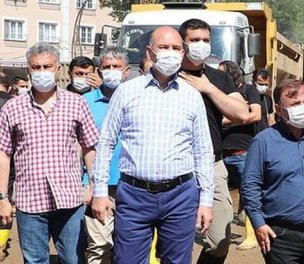


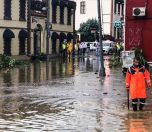
.jpg)
.jpg)
